The Classic Tour of Iran
Intended Destinations: Tehran, Hamadan, Kermanshah, Susa, Shushtar, Bishapur, Shiraz, Isfahan, Kashan.
This tour begins and ends in Tehran. you’ll get to see the highlights of a beautiful country. If you don’t have the time for the Comprehensive tour, The Classic Tour of Iran is the next best thing!
Travel to Iran
Travel to Iran, the Land of four seasons with its rich and colourful history, countless monuments, Iranian hospitality and delicious food is amazing. Just a few years ago, Iran was gearing up to be the next big tourism destination. Iranian cities are great destinations for sightseeing. From the most hospitable people to the oldest history, stunning architecture, the most desolate deserts, green mountains, islands and many other things, slowly, travelers are realizing that Iran is the ultimate destination. Iran is rich in hostory. From Elamites to Achaemenid dynasty, from Sassanid era to Safavid and Zand dynasty, form Qajar to Pahlavi dynasty and after that, the Islamic revolution Iranian history is as stormy as it gets.
Every city you travel in Iran shows you a different part of iranian culture and history that you won’t find any city in Iran less amusing and breathtaking as the others. All of the mainstream media outlets portray Iran as an unsafe country, somewhere that you’ll be at risk if you visit. The mainstream media is wrong. Iran is generally a very safe country to travel. Iran can be considered as the safest country in the Middle East.
Cultural Tours of Iran
An enigmatic country like Iran has its root deep into its custom, culture, history and religion. Every corner of Iran is so full of beautiful nature, exquisite architecture and ancient history that you may have a hard time deciding where to go. Tours are a great way to discover the country from those who know it best and we plan special cultural tours for you.
Day1: Tehran
In the morning after breakfast, you will visit The Golestan Palace, The former royal Qajar Complex in Iran’s capital city. One of the oldest historic monuments in the city of Tehran and of world heritage status that it consists of gardens, royal buildings and collections of Iranian crafts and European presents from the 18th and 19th centuries. Then you go to have lunch in a traditional restaurant.
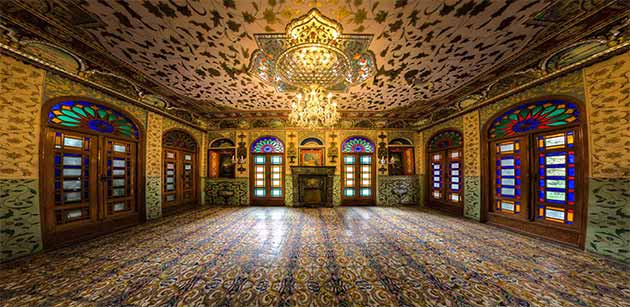
Afterwards, you will visit The National Museum of Iran is an institution formed of two complexes; the Museum of Ancient Iran and the Museum of the Islamic Era, which were opened in 1937 and 1972, respectively. The institution hosts historical monuments dating back through preserved ancient and medieval Iranian antiquities, including pottery vessels, metal objects, textile remains, and some rare books and coins. It also includes a number of research departments, categorized by different historical periods and archaeological topics. Soon after you go to have lunch in a traditional restaurant.
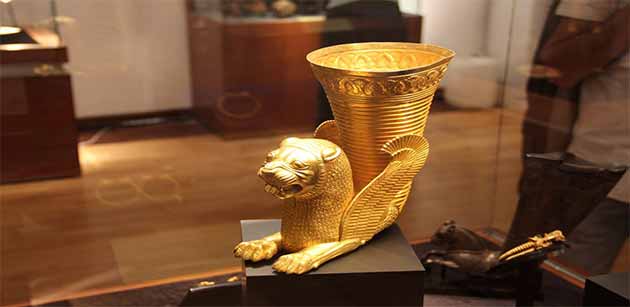
Next on the list is visiting The Jewelry Museum, with an area about 1000 square meters is equipped to a safety system built by the Germans and it was active before the revolution and closed and reopened to the public in 1990. Overnight in Tehran.
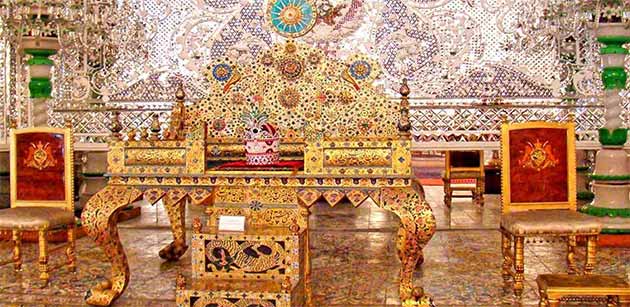
Day2: Tehran
We get up early in the morning, after breakfast, begin your day with a trip to The Carpet museum that exhibits a variety of Persian carpets from all over Iran, dating from the 16th century to the present. The museum was designed by architect Abdol-Aziz Mirza Farmanfarmaian. The perforated structure around the museum's exterior is designed both to resemble a carpet loom, and to cast shade on the exterior walls, reducing the impact of the hot summer sun on the interior temperature. Next you will stop for a delicious Iranian food in a traditional restaurant in Tehran.
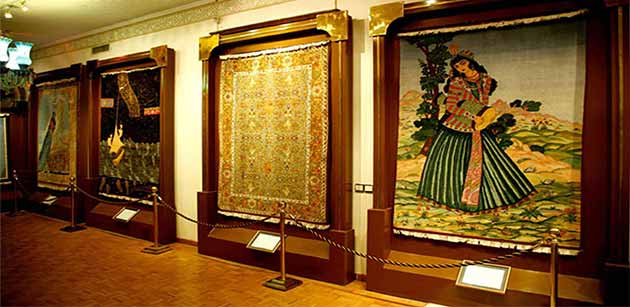
Then you will visit The Sa’ad Abad Complex that is built by The Qajar and Pahlavi monarchs. The Complex includes more than 180 hectares of natural forests, streets, qanats, galleries and museums. The official residence of the President of Iran is located adjacent to the complex.
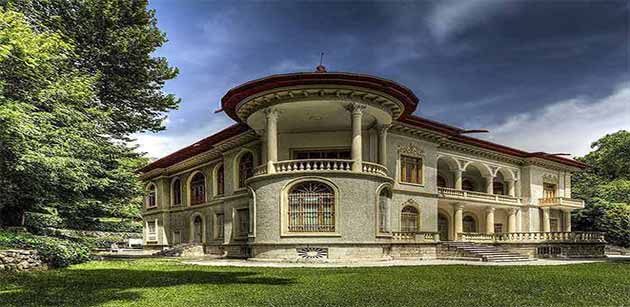
After that you leave Tehran to Hamadan. Upon your arrival in Hamadan, you check into your hotel, take a rest and be ready for new day.
Day3: Hamadan
In the morning, we leave the hotel to the world's largest water cave, Ali Sadr Cave which attracts thousands of visitors every year and is located in Ali Sadr Kabudarahang Country about 100 kilometers north of Hamadan, western Iran. Because of the cave's proximity to large cities such as Hamadan, it is a highly recommended destination for tourists from all corners of the world. Soon after you have lunch in the restaurant near there. Then you come back to your hotel.
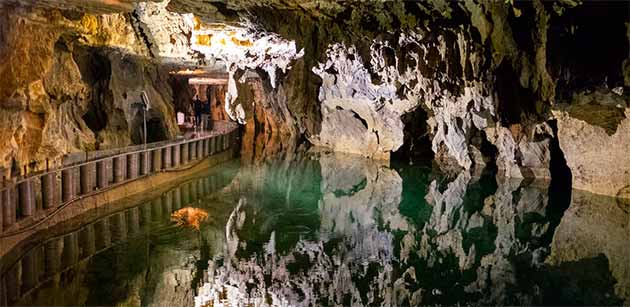
In the evening we pay a visit to The Alavian Dome, “Square mosque-turned-mausoleum from Seljuk times with exterior inscriptions & interior carvings”. Afterwards you go to the hotel. Overnight in Hamadan.

Day4: Hamadan
Early morning, first you will visit The Esther and Mordechai Tomb. Believed by some to house the remains of the biblical Queen Esther and her cousin, Mordechai. It is the most important pilgrimage site for jews in the country.
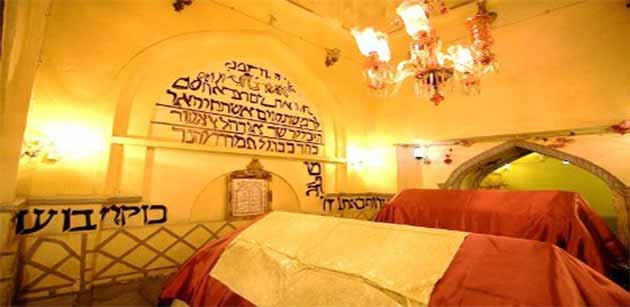
Then you will go to The Baba Tahir Tomb that is related to contemporary dynasty. Baba Tahir was an 11th-century Iranian poet. His poetry is written in the Hamadani dialect of the Persian Language especially about Love, Honesty, Loneliness. So you can enjoy listening to Baba Tahir poems in persian which is a great experience. After that you will go to have lunch in The Hamam-e Qal'eh Museum of Anthropology. It is one of the most beautiful Hamam with Iranian Islamic architecture.
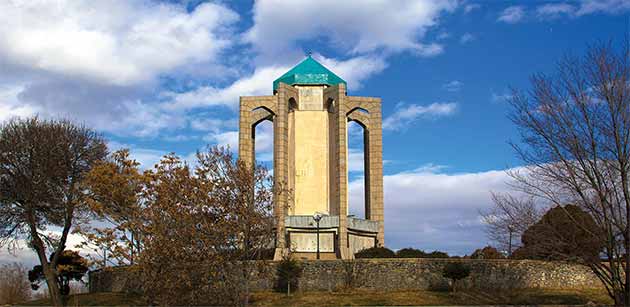
Then you go on to visit Hegmatane Archeological Palace dating back to the 6th century BC. This valuable historical collection is of great archeological value and apart of it is not excavated. The area has historical remains dating back to Medes, Achamenids, Parthian, Sasanids and also Islamic dynasties like Aleh Bouyeh (Bouyehs Family) most of them belong to Parthian dynasty. At last you will transfer to your hotel. Overnight in Hamadan.
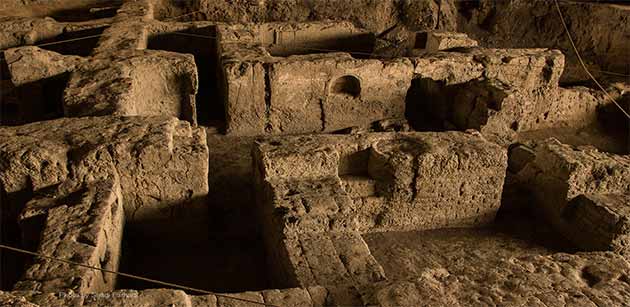
Day5: Kermanshah
Today we leave Hamadan to Kermanshah. On the way, we will stop by The Kangavar that is located in the easternmost part of Kermanshah Province, on the modern road from Hamadan to Kermanshah, identical with a trace of the Silk Road, located at the distance of about 75 km from Hamadan and 96 km from Kermanshah. We pay a visit to The Anahita Temple that is the name of one of two archaeological sites in Iran popularly thought to have been attributed to the ancient deity Anahita. The larger and more widely known of the two is located at Kangāvar in Kermanshah Province. The other is located at Bishapur.
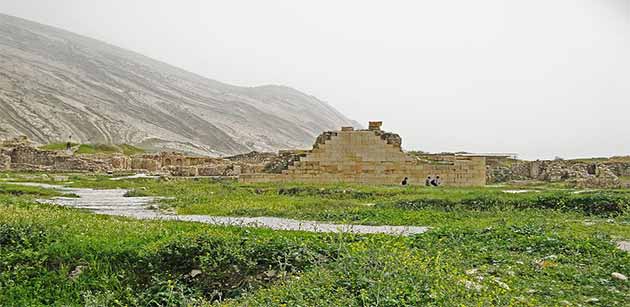
Then we continue on the way, and the second place we will stop is Bistoon. The town is at the foot of Bistoon mountain, the flank of which is the location of an important historical site. The imperial road from Ekbatana to Babylon passed at the foot of the mountain.
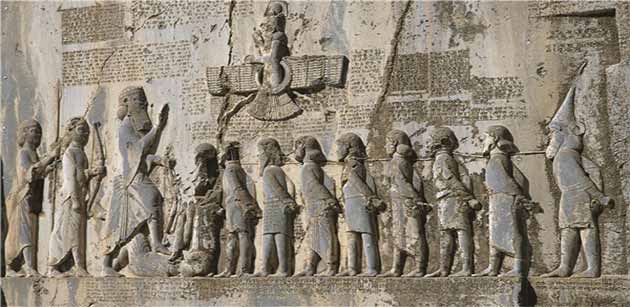
Soon after we had lunch. The next place you will visit is Taq-e Bostan means "Arch of the Garden" or "Arch made by stone". It is a site with a series of large rock reliefs from the era of Sassanid Empire of Persia (Iran), carved around 4th century AD. This example of Persian Sassanid art is located 5 km from the city center of Kermanshah.
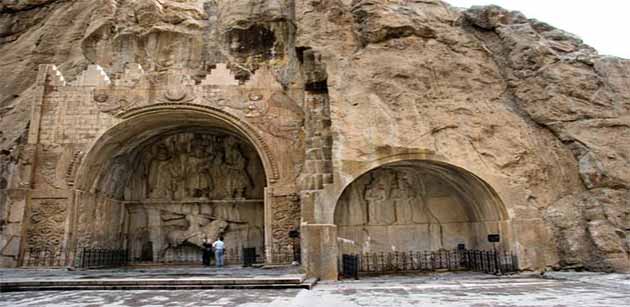
After that we head to Kermanshah which was one of the cities for recreation during the Sassanid dynasty. It has a moderate and mountainous climate. Kermanshah is the largest Kurdish_speaking city in Iran. Most of the inhabitants of Kermanshah are Shia Muslims, but there are minorities such as Sunni Muslims, Yarsanism and so on. Upon your arrival you will go to the hotel. Overnight in Kermanshah.
Day6: Susa and Drive to Shushtar
En_route we pay a visit to The Tomb of Daniel that is the traditional burial place of the biblical prophet Daniel. Various locations have been named for the site, but the tomb in Susa, Iran (Persia), is the most widely accepted, it being first mentioned by Benjamin of Tudela, who visited Asia between 1160 and 1163. Soon after we have lunch and take a rest there.
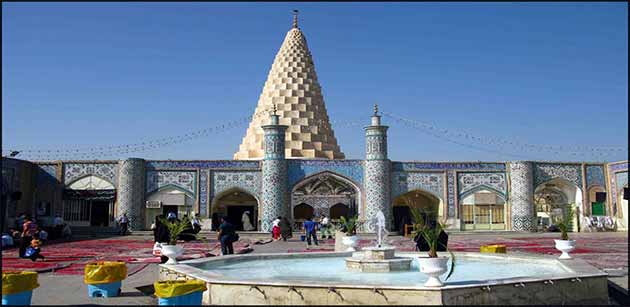
After wards we visit The Susa Castle that is located in the ruins of the ancient of Susa in the Khuzestan Province of Iran.
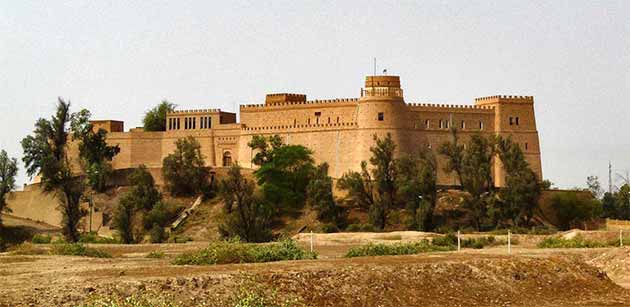
Then we drive to the Shushtar, The Land of Hydraulic System. Overnight in shushtar.
Day 7: Visit The ChoghaZanbil Ziggurat
Early morning we leave Shushtar to the ChoghaZanbil (another UNESCO World Heritage site) that is an ancient Elamite complex in Khuzestan province of Iran. It is one of the few existent ziggurats outside Mesopotamia. It lies approximately 30 km (19 mi) south-east of Susa and 80 km (50 mi) north of Ahvaz. After that you have lunch, we return to the Shushtar and upon your arrival you will transfer to your hotel.
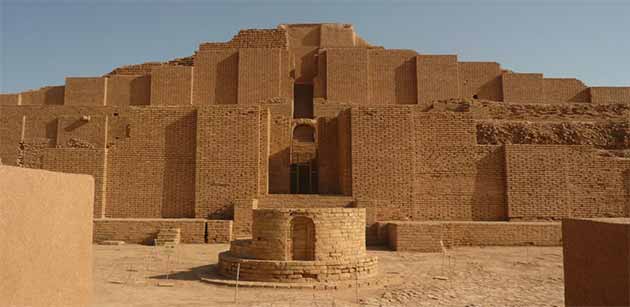
In the evening, we visit to the another UNESCO world heritage sites, The Shustar Hydrolic System. It is an island city from the Sassanid era with a complex irrigation system that is located in Iran's Khuzestan Province. It was registered on UNESCO's list of World Heritage Sites in 2009 and is Iran's 10th cultural heritage site to be registered on the United Nations' list. Overnight in Shushtar.
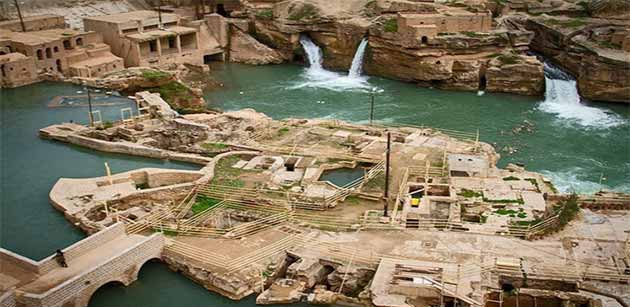
Day8: Drive to Bishapur
Early morning, we leave Shushtar to The Bishapur that was an ancient city in Sasanid Persia (modern Iran) on the ancient road between Persis and Ilam. The road linked the Sassanid capitals Estakhr (very close to Persepolis) and Ctesiphon. It is located south of modern Faliyan in the Kazeroon County of Fars Province, Iran. Bishapur was built near a river crossing and at the same site there is also a fort with rock-cut reservoirs and a river valley with six Sassanid rock reliefs.
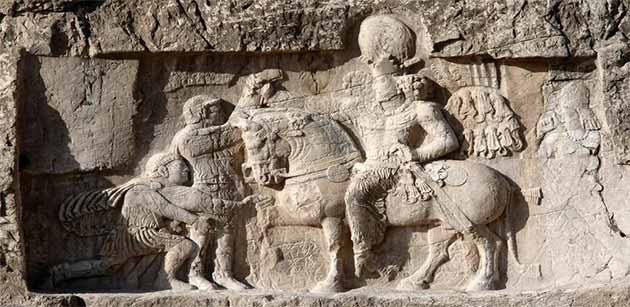
Before your arrival in Bishapur, you have lunch and take a rest near there. Then we countinue all the way to Bishapur. After visiting, we drive to the Shiraz, the city of Secrets. Upon your arrival, you will transfer to your hotel. Overnight in Shiraz.
Day 9: Shiraz
After breakfast we leave the hotel to The Zandiyeh Complex that is a beautiful and historic monument of Zandieh’s period in shiraz, which is very important in terms of art and architecture and includes; karim khan citadel, Vakil Bazaar, Vakil Bath.
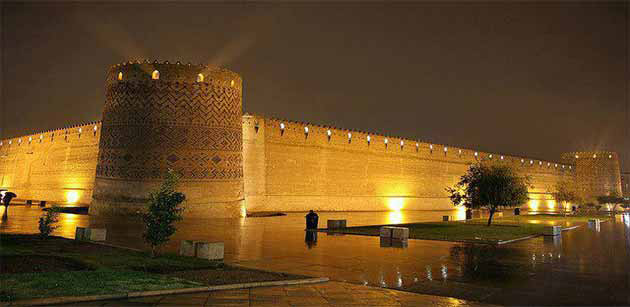
At first, you will visit the Vakil Bazaar, that has beautiful courtyards, caravanserais, bath houses and old shops which are deemed among the best places in Shiraz to buy all kinds of Persian rugs, spices, copper handicrafts and antiques.
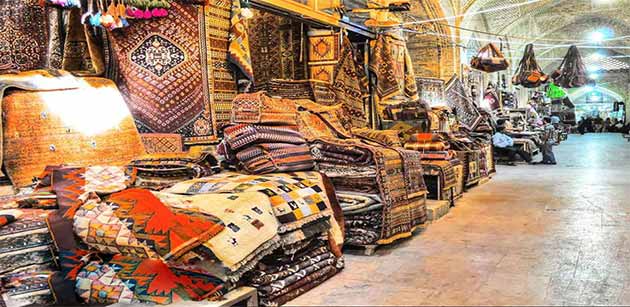
Then you go to visit the Hammam that is an old public bath and it was part of the royal district constructed during Karim khan period. Soon after you go to have lunch in the traditional restaurant.

After that you go to pay a visit to Karim khan citadel that is located in downtown in Shiraz. This citadel was built during the period of the Zandieh dynasty. Then you will transfer to your hotel. Overnight in shiraz.
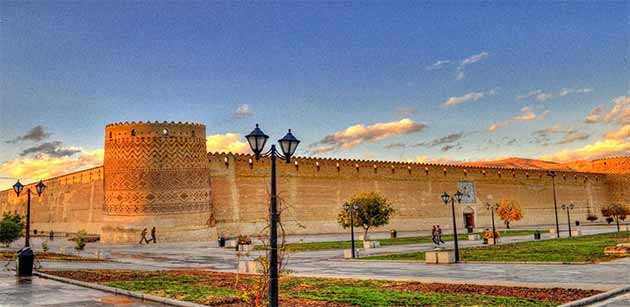
Day 10: Shiraz
After breakfast, we first pay a visit to The Persepolis, one of the ancient cities in Iran, which has been the capital of the kingdom of Iran during the Achaemenid Empire for many years. In this ancient city, there is a palace called Persepolis which was built during the period of The great Darius, xerxes and Artaxeres I. Then you have lunch in the restaurant near Persepolis.
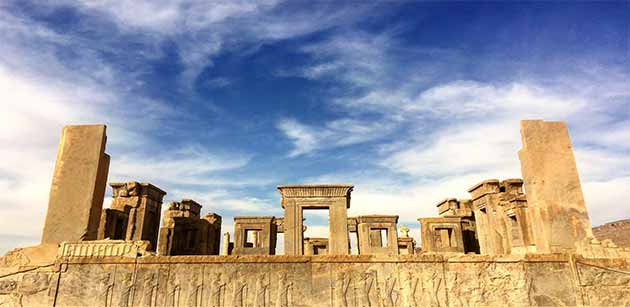
The second place we stop by is Naghsh_e Rostam that is an ancient necropolis located in 12 Km northwest of Persepolis, with a group of ancient rock reliefs cut into the cliff, from both the Achaemenid and Sassanid periods.
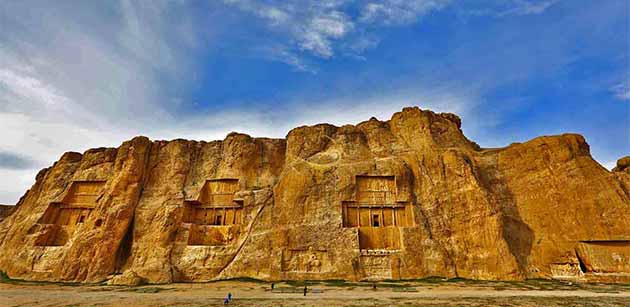
Then we return to Shiraz and transfer to the hotel. Overnight in Shiraz.
Day11: Drive to Isfahan, En_route visit the Pasargadae
Early morning, we leave Shiraz to Isfahan. En_route we pay a visit to Pasargadae that was the capital of the Achaemenid Empire under Cyrus the Great who had issued its construction; it was also the location of his tomb. It was a city in ancient Persia, located near the city of Shiraz (in Pasargadae County), and is today an archaeological site and one of Iran's UNESCO World Heritage Sites.

Then we continue all the way. En_route we visit the Shahreza, National Pottery Town. The handicraft of this city is ceramics and pottery which is famous in our country. Soon after we have lunch there.
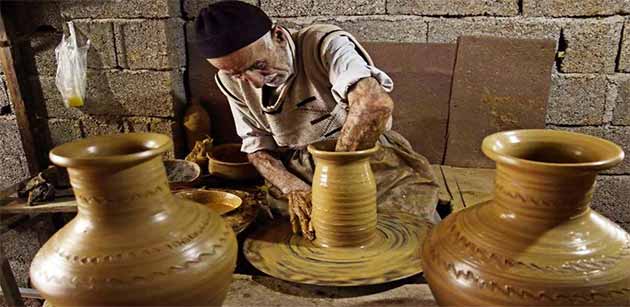
After that we drive to Isfahan that known as “the half of the world”. Upon your arrival you transfer to your hotel. Overnight in Isfahan.
Day 12: Isfahan
Today we start our tour with the visit Chehel sotoun, a pavilion in the middle of a park at the far end of a long poll in Isfahan, built by Shah Abbas II to be used for his entertainment and receptions.
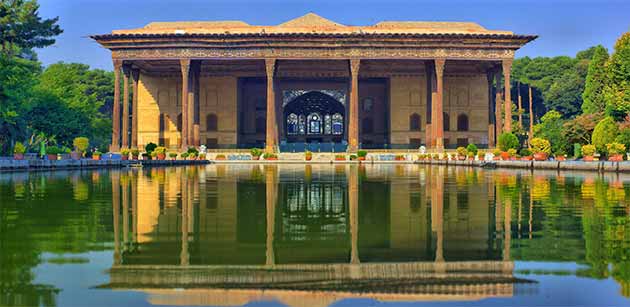
Then you walk toward Naghsh-e- Jahan, the second huge square in the world. The monuments on the four sides of Naghsh_e_ jahan square includes: Ali Qapu palace, Shah mosque, Sheikh Lotfollah mosque that you will go to visit all. Then you will go to have lunch in a restaurant near The Naghsh-e jahan square.
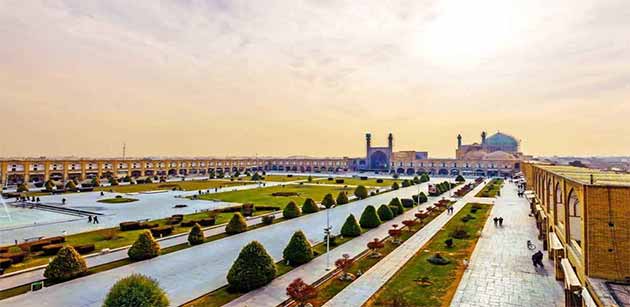
Then we pay a visit to the most famous Bazaar in Iran, where you can purchase The Crafts and take it as a souvenir to your country. Stay overnight in Isfahan.
Day 13: Isfahan
Today we begin our tour with a visit to the Masjed-e-Jame that displaying several centuries of historical Islamic evolution. It was built in the four_Iwan architectural style, placing four gates face to face.

Then we will visit to The Menar Jonban (Shaking Minarets) that is a monument located in Isfahan. Construction began in the 14th century to cover the grave of Amu Abdollah. It’s notable feature is that if one of the minerates is shaken, the other minaret will shake as well. Then you go to have lunch in a Traditional Restaurant.
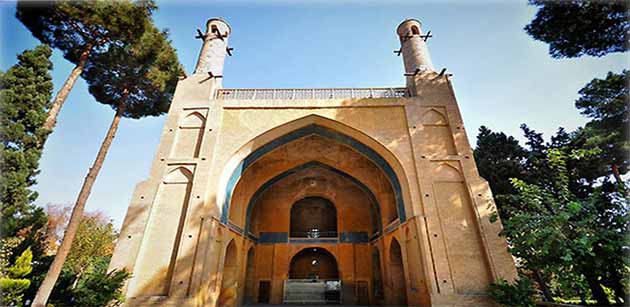
Afterwards, we will visit The Vank Cathedral that also known the church of the sainty sisters, is a cathedral located in The Julfa District of Isfahan. It is commonly referred to as the Vank which means “monastery” or “convent” in The Armenian Language.
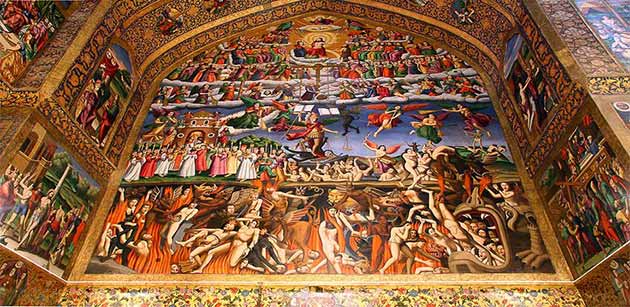
After that you can walk in Jolfa locality and enjoy of the traditional coffee shops, pantries and ancient monuments. Then you come back to your Hotel. Overnight in Isfahan.
Day14: Kashan
In the morning, we leave Isfahan and drive to Kashan, A city of light and flower. We begin our tour with a visit to The Borujerdi House, A beautiful example of windbreaker and lighters. It consists of a rectangular courtyard between a main living area (to the south) and an entrance area. It features wall paintings by the royal painter Sani ol molk, and three 40-meter-tall wind towers (two above the living area and one over the entrance area) which help cool the house to unusually cool temperatures.
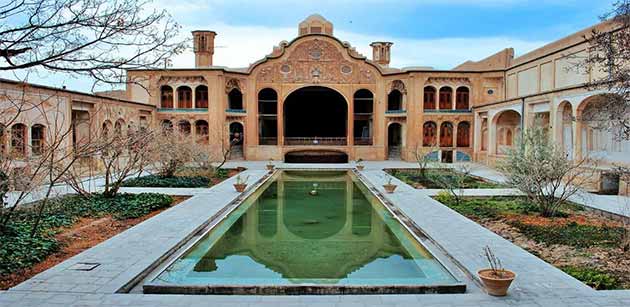
Then we go to visit The Tabatabaei House that consists of four courtyards, wall paintings, elegant stained glass windows, and other classic features of traditional Persian residential architecture, such as biruni (the public, common area) and andaruni (the private/women's quarters).
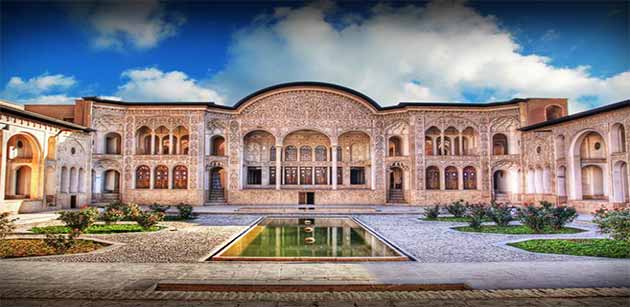
It was designed by Ustad Ali Maryam, architect of the Borujerdi House and the Aminoddole Carvansarai of the Bazaar of Kashan. Then we go to have lunch in the traditional restaurant.
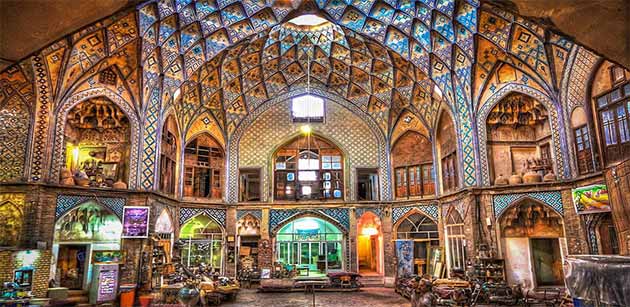
Next on the list is visiting The Fin Garden, that is a historical Persian garden. It contains Kashan's Fin Bath, where Amir Kabir, the Qajarid chancellor, was murdered by an assassin sent by King Nasereddin Shah in 1852. Completed in 1590, the Fin Garden is the oldest extant garden in Iran.
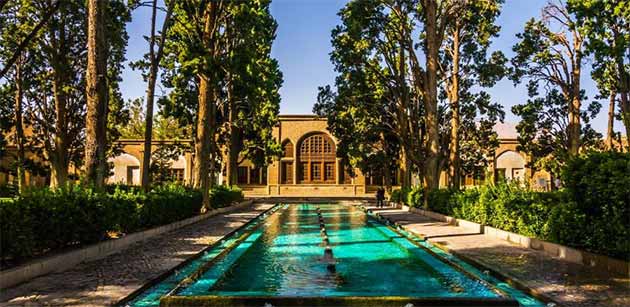
Finally, you will transfer to your hotel. Overnight in Kashan.
Day15: Kashan
Early morning, we leave Kashan to The Nushabad Underground City Called Ouee, that is located 5km north of Kashan, Isfahan province, is considered a notable piece of ancient architecture. As Nushabad city is located in the central desert region of Iran, it experiences harsh weather. During the day, Nushabad has a very hot temperature and during the nights it gets notably cold.
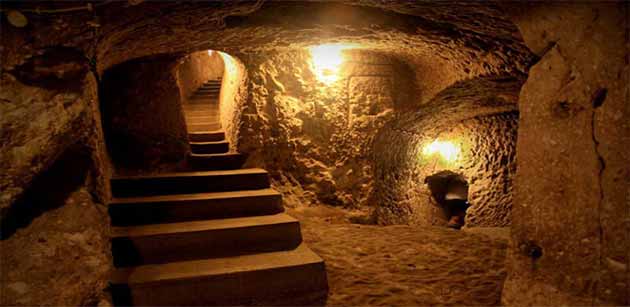
One reason for this underground city being built is thought to be to offer an escape from the high daytime temperature of the region. However, the main reason that the underground city of Nushabad was carved stemmed from the fact that in the past, this region was insecure, suffering from raids, and by forming an underground chain of passages beneath the entire city, the inhabitants could shelter there during such attacks. Through these passages they could reach any spot in the city without being seen.
After visiting, we drive to Tehran. Finally, we transfer you to IKA. Based on departure flight time.
Hope to see you again.
Why did you choose our company?
We offer tour packages with;
Good quality hotel
Safe and sound transportation
Online support team
A balanced itinerary and professional staff.
Gate to Persia, as a tour operator provide you all kinds of packages.
We have just the perfect tour for you!
This tour can be extended to other cities of iran according to your request
What’s Included?
- 14 Nights accommodation in 4/5 star hotels
- Professional Driver Guide
- Entrance Fees
- Iran Visa
- Insurance
- Domestic Flight
What’s not Included?
- International Flights
- Additional meals
- According to your request, this tour can be extended to other cities.
- Our tour prices are for 2 persons in DBL room.
- In Standard Tours, Hotels are 4-star.
- In Luxury Tours, Hotels are 5-star.